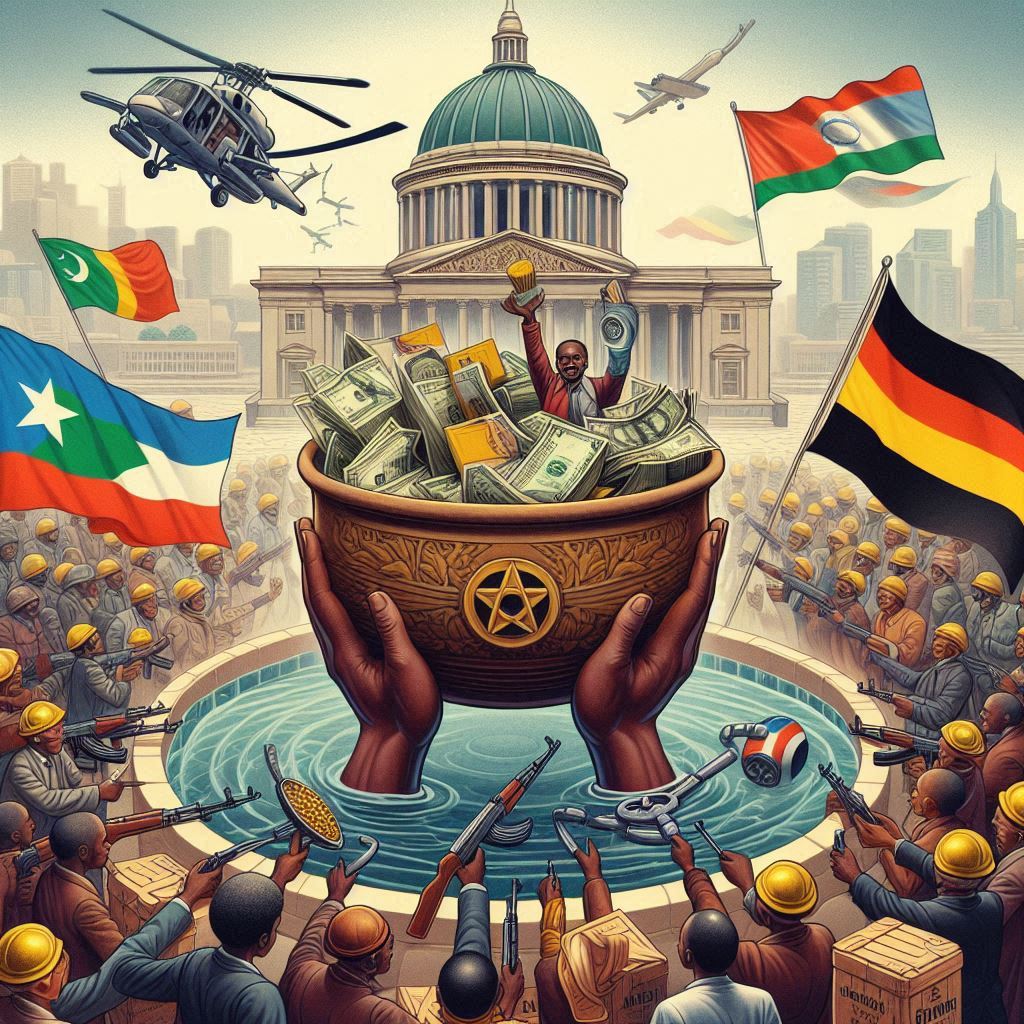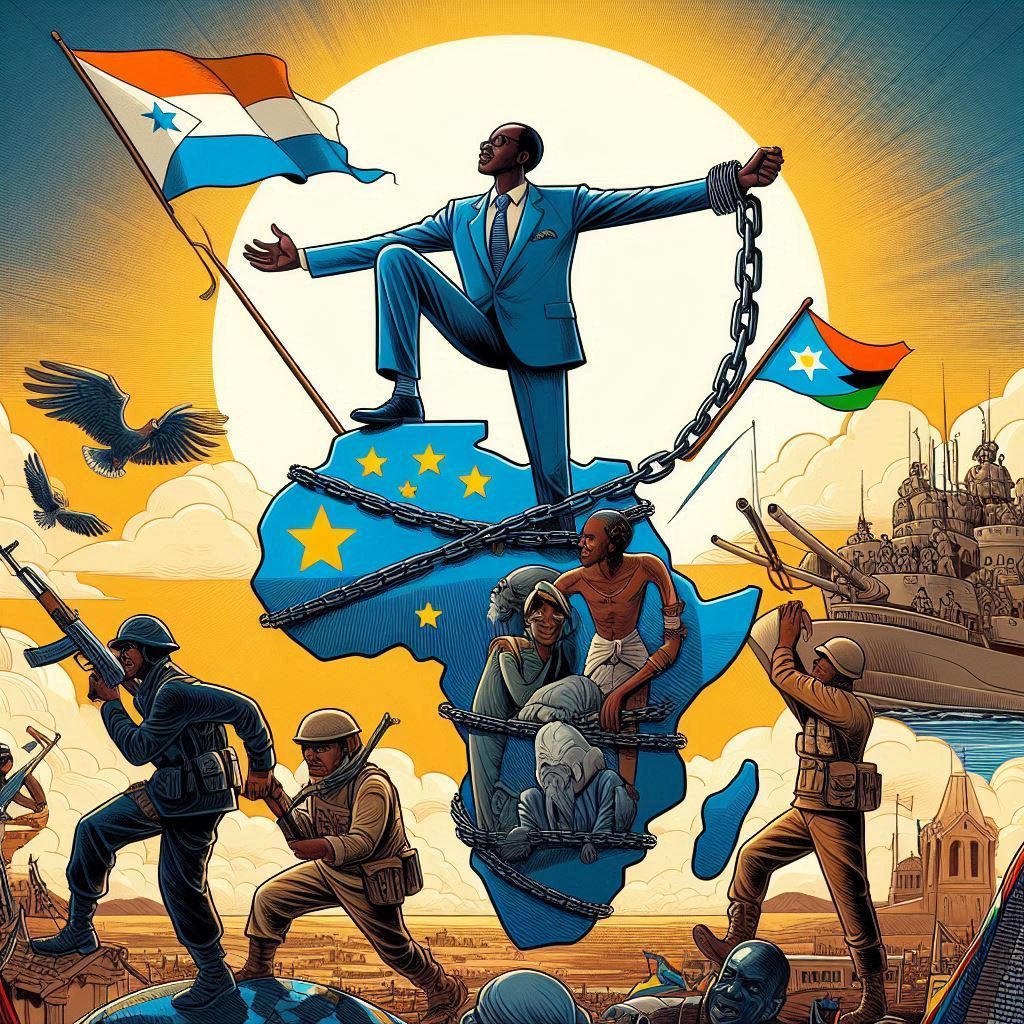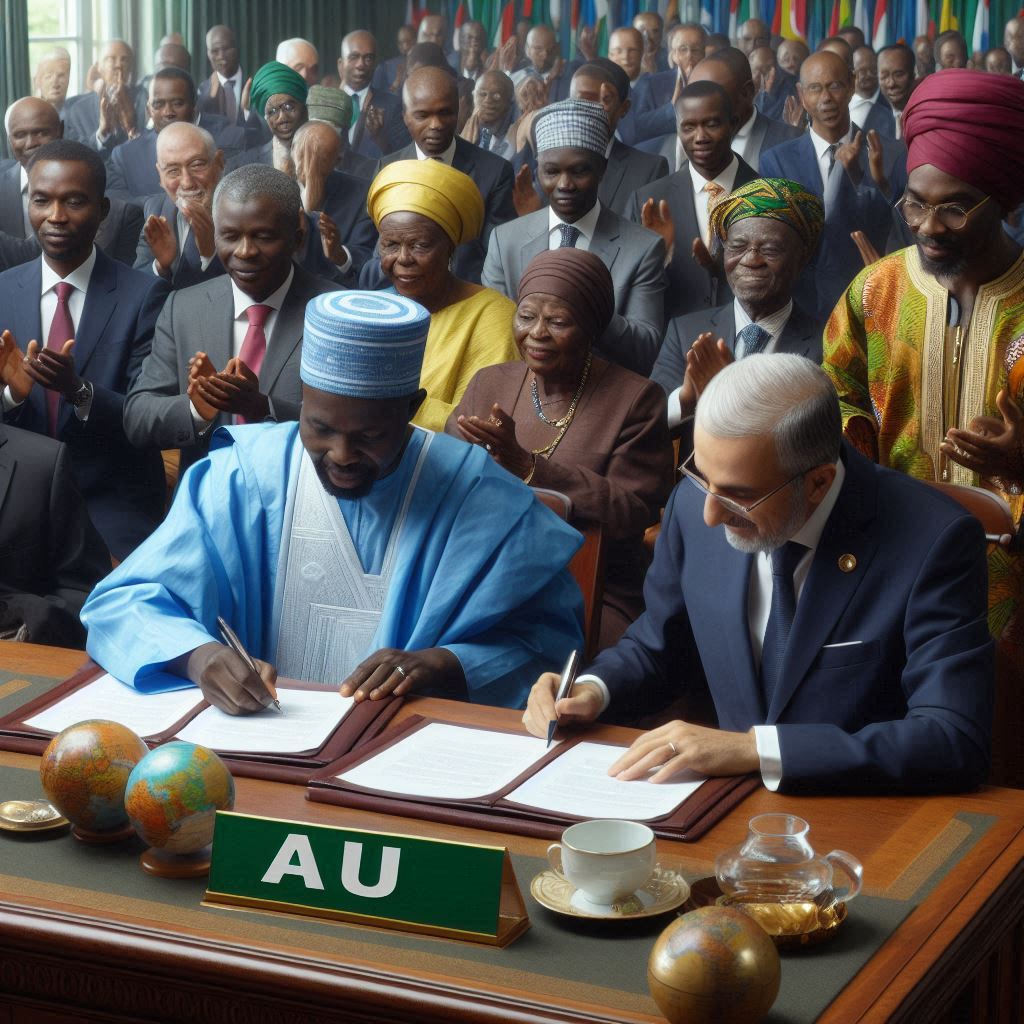The African Union (AU) was established in 2001 with grand ambitions: to unify the continent, enhance economic integration, and, above all, pave the way for true African self-reliance. However, despite its lofty goals, the AU’s heavy dependence on foreign donors has cast a long shadow over its quest for genuine African Union independence. In this article, we’ll explore the AU’s vision, including the pivotal Agenda 2063, the impact of donor dependence, and what it means for Africa’s broader journey towards self-determination.
The Story Behind AU Independence
To understand the AU’s current financial challenges, it’s essential to revisit its origins. The AU was born from the ashes of the Organization of African Unity (OAU), which had been instrumental in the struggle for African liberation during the 1960s and 1970s. The OAU was largely a symbolic body, but it played a key role in supporting liberation movements and advocating for decolonization.
The AU, launched in Durban, South Africa, in 2002, was intended to build on the OAU’s legacy with a more robust framework for addressing Africa’s contemporary challenges. Its objectives include fostering economic integration, promoting peace and security, and enhancing democratic governance across the continent. The AU’s vision was clear: to create a united, self-reliant Africa that could stand shoulder-to-shoulder with the world’s other great powers.
What the AU Really Wants
The AU’s mission is grounded in the desire for a continent that is not only politically and economically integrated but also capable of self-sustenance. At the heart of this mission is Agenda 2063, a strategic framework aimed at transforming Africa into a prosperous, integrated, and peaceful continent.
Agenda 2063 is a blueprint for Africa’s development, focusing on economic growth, political integration, and social progress. The agenda consists of seven aspirations, including:
- A Prosperous Africa Based on Inclusive Growth and Sustainable Development
- An Integrated Continent, Politically United, and Based on the Ideals of Pan-Africanism
- An Africa of Good Governance, Democracy, Respect for Human Rights, Justice, and the Rule of Law
- A Peaceful and Secure Africa
- An Africa with a Strong Cultural Identity, Common Heritage, Values, and Ethics
- An Africa Where Development is People-Driven, Relying on the Potential of African People, Especially Women and Youth
- Africa as a Strong, United, and Influential Global Player and Partner
This ambitious plan aims to tackle the root causes of poverty, conflict, and instability while promoting sustainable development and good governance. However, achieving these goals requires significant resources and political will, which are currently constrained by the AU’s financial dependence on external donors.
Who’s Footing the Bill?

Despite these ambitions, a significant portion of the AU’s budget comes from foreign donors. As of recent reports, around 73% of the AU’s funding is sourced from external entities, including the European Union, the United States, China, and various United Nations agencies.
The European Union has been a major donor, providing support for a wide range of AU initiatives, including peacekeeping missions and development projects. The EU’s funding often comes with specific requirements and priorities, which can influence the AU’s agenda.
The United States also plays a significant role, with funding directed towards security and development programs. For example, the U.S. has supported AU-led peacekeeping missions in hotspots like Somalia and South Sudan.
China has invested heavily in infrastructure projects across Africa, and this includes financial support for the AU. China’s investments are part of its broader Belt and Road Initiative, which aims to enhance connectivity and economic cooperation between China and Africa.
The United Nations provides both financial and technical support for various AU operations. This includes funding for AU peacekeeping forces and technical assistance for capacity-building efforts.
How Donor Dollars Shape AU Decisions
The AU’s reliance on external funding has significant implications for its decision-making processes. When a large portion of the budget is dependent on foreign donors, there’s a risk that these donors may exert influence over the AU’s policies and priorities.
For instance, donor funding often comes with strings attached. Donors may have specific conditions or expectations regarding how their money is used, which can impact the AU’s ability to implement its own agenda. This can create a situation where the AU’s priorities are, at least in part, shaped by the interests and expectations of its financial backers.
Case Study: The AU Mission in Somalia (AMISOM)
One of the most striking examples of how foreign funding influences AU operations is the AU Mission in Somalia (AMISOM). Funded primarily by international donors, including the EU and the U.S., AMISOM has played a critical role in stabilizing Somalia. However, the mission’s reliance on donor funding has also led to criticisms about its effectiveness and the extent to which it can operate independently.
AMISOM’s dependence on foreign financial support has sometimes resulted in constraints on its operational flexibility. For instance, delays or restrictions imposed by donors have affected the timely deployment of troops and resources, impacting the mission’s ability to respond swiftly to emerging threats. This situation highlights how donor influence can affect the efficacy of AU-led operations.
The Downside of Dependence

The AU’s dependence on foreign aid is not without its challenges and criticisms. One major issue is the potential for compromised sovereignty. When a significant portion of an organization’s budget comes from external sources, it can create a perception that the organization is not fully autonomous.
Critics argue that this dependency undermines the AU’s credibility and effectiveness. If donor priorities overshadow the AU’s own goals, it can lead to a disconnect between what the AU is trying to achieve and what it is actually able to accomplish.
Moreover, reliance on donor funding can create instability. If a major donor decides to withdraw or reduce its support, it can have a significant impact on the AU’s operations. This has been evident in instances where funding shortfalls have delayed or disrupted critical AU programs.
Case Study: The AU’s Response to the Sudan Crisis
Another example of foreign influence is the AU’s handling of the recent crisis in Sudan. The AU’s response was shaped by the interests and priorities of its major donors, which affected the approach taken to address the crisis.
The AU faced challenges in maintaining a consistent and assertive stance due to competing interests and the pressure to align with donor expectations. This led to criticisms that the AU’s response was not as robust or independent as it could have been, reflecting the broader issue of how financial dependence can compromise organizational autonomy.
Steps Toward Financial Freedom
Recognizing the challenges posed by donor dependence, the AU has taken several steps to increase its financial independence. One significant initiative is the AU Peace Fund, which was established to support the AU’s peacekeeping and conflict prevention efforts. The fund aims to provide a more stable and predictable source of funding for these critical activities.
Another approach has been to encourage greater financial contributions from AU member states. The idea is to build a more sustainable funding base by increasing the financial commitment of the countries that make up the AU. While progress has been made in this area, there is still a long way to go to achieve the level of self-reliance that the AU aspires to.
Additionally, the AU is exploring other sources of revenue, such as public-private partnerships and income-generating activities. For example, there have been efforts to develop partnerships with private sector companies to support AU initiatives and generate additional funding.
Real-Life Examples of Financial Influence
Case Study: The AU Peace Fund
The AU Peace Fund was established with the aim of providing more consistent and predictable financing for peacekeeping and conflict prevention. Despite its establishment, the fund has faced challenges in achieving its goals due to limited contributions from member states and the continued need for external support. This example underscores the difficulty in transitioning to a fully self-sustained model while still relying on donor funding.
Case Study: The African Union’s Response to the Ebola Outbreak
During the Ebola outbreak in West Africa, the AU was involved in coordinating regional responses and supporting affected countries. However, much of the funding for these efforts came from international donors, including the World Health Organization and various bilateral aid agencies. This external funding not only shaped the response but also highlighted the AU’s ongoing reliance on donor support for major health crises.
What It Means for Africa’s Independence
The AU’s financial dependence has broader implications for Africa’s quest for true independence. It reflects a wider issue of how external influence can impact the continent’s ability to pursue its own development and governance goals.
For many Africans, the AU represents a symbol of unity and self-determination. However, the reality of foreign dependence raises questions about how effectively the AU can champion Africa’s interests on the global stage. If the AU is heavily influenced by external donors, it can undermine its credibility as an advocate for African autonomy and development.
What’s Next for the AU?
Looking ahead, the AU faces a critical challenge: balancing its aspirations for independence with the practical realities of its financial situation. To achieve greater self-reliance, the AU will need to continue its efforts to increase member state contributions and explore new funding mechanisms.
One potential path forward is to deepen engagement with African citizens and the private sector. By fostering greater involvement and investment from within the continent, the AU can build a more sustainable financial base. Additionally, strengthening partnerships with African businesses and philanthropic organizations could provide new sources of support.
Finding the Balance
In conclusion, the AU’s quest for freedom is closely intertwined with its financial realities. While the AU has made significant strides in promoting African unity and development, its dependence on foreign donors remains a critical challenge.
Agenda 2063 serves as a beacon of hope for a unified and prosperous Africa, but achieving its goals will require overcoming the constraints imposed by external funding dependencies. By addressing the complexities of donor dependence and focusing on internal capacity-building, the AU can work towards achieving its vision of a self-sufficient and resilient Africa.
Sources and Further Reading
- African Union Official Website – Provides detailed information about the AU’s objectives, initiatives, and funding mechanisms. African Union
- Agenda 2063 – Overview of the AU’s strategic framework for Africa’s development. Agenda 2063
- European Union External Action – Information on EU support for AU initiatives. EU External Action
- U.S. Department of State – Details on U.S. contributions to AU-led peacekeeping missions. U.S. Department of State
- China’s Belt and Road Initiative – Overview of China’s investment in Africa and its impact on the AU. Belt and Road Initiative
- United Nations Peacekeeping – Insights into UN support for AU peacekeeping operations. UN Peacekeeping

2 thoughts on “The AU’s Quest for Freedom and the Reality of Foreign Dependence”